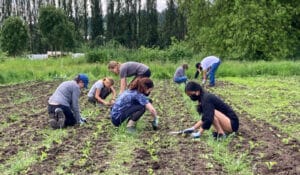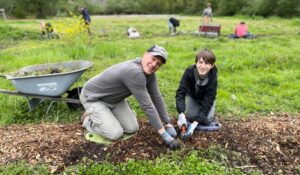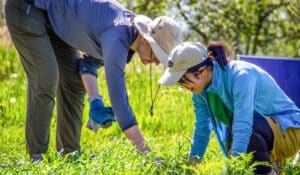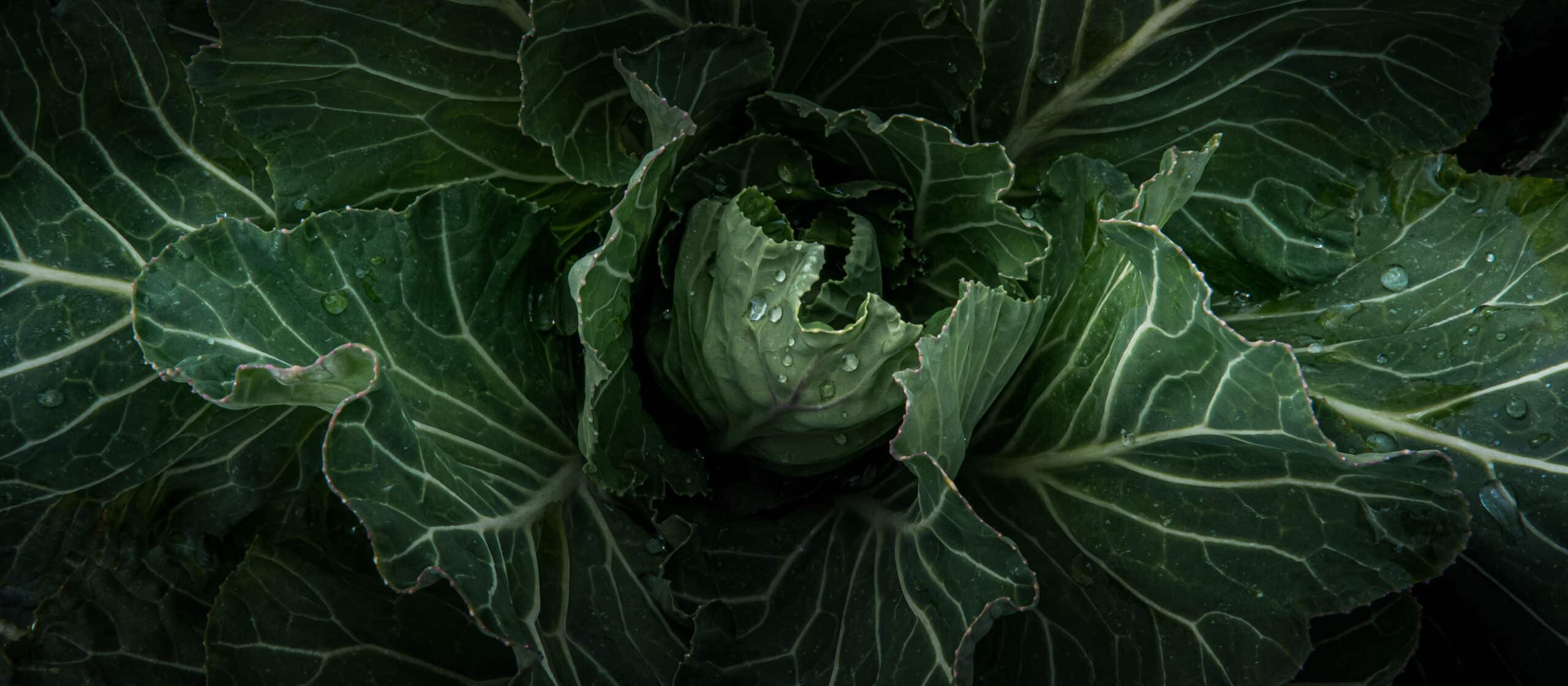
Heat Waves Are Related to Climate Change–Here’s How Climate Mitigation Can Help
Heat Waves Are Related to Climate Change–Here’s How Climate Mitigation Can Help
- posted on: July 3, 2021
- posted by: Rebecca Jordan
"*" indicates required fields

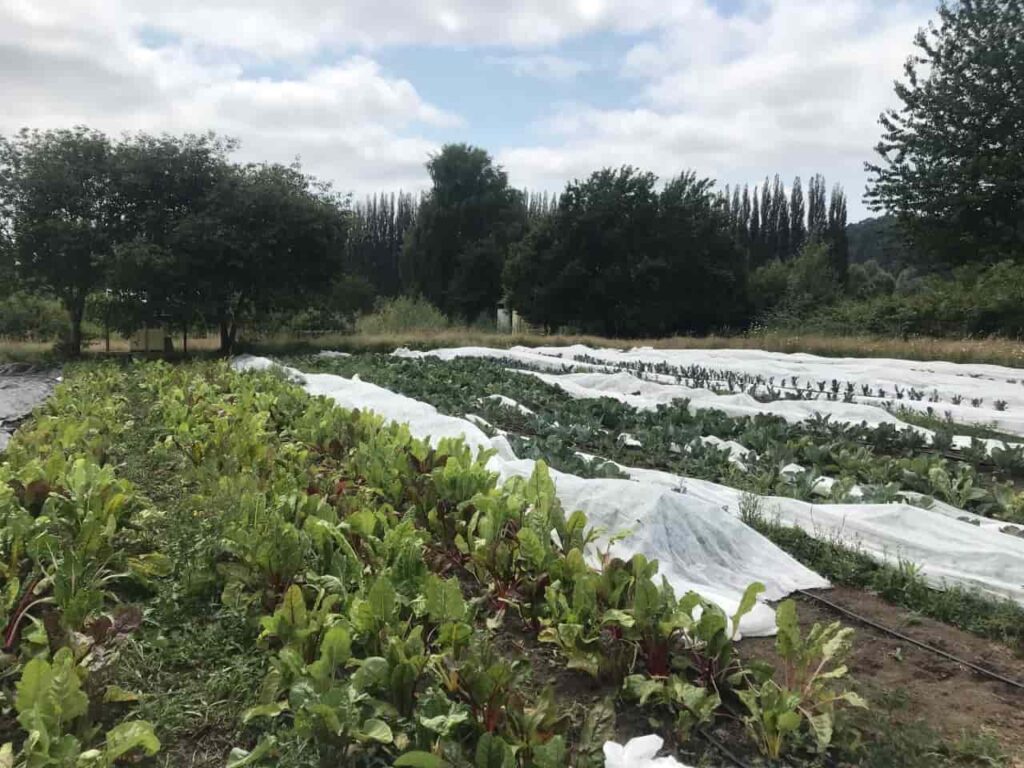
The record-high temperatures we recently experienced along the West Coast disrupted all of our lives. How are we supposed to work and play when it’s dangerous just to simply sit on the couch without air conditioning?
While heat waves have always occurred during Pacific Northwest summers, they are becoming more intense—and more frequent. Heat waves are caused by high-pressure weather systems that trap heat close to the earth’s surface. This is a normal weather phenomenon—but because global climate change has increased the baseline temperature of the earth, heat waves are becoming even hotter, and are occurring more often. The number of days above 90° F is predicted to increase by 10 days in western Washington by the middle of the 21st century. And this is one of the mildest regions!
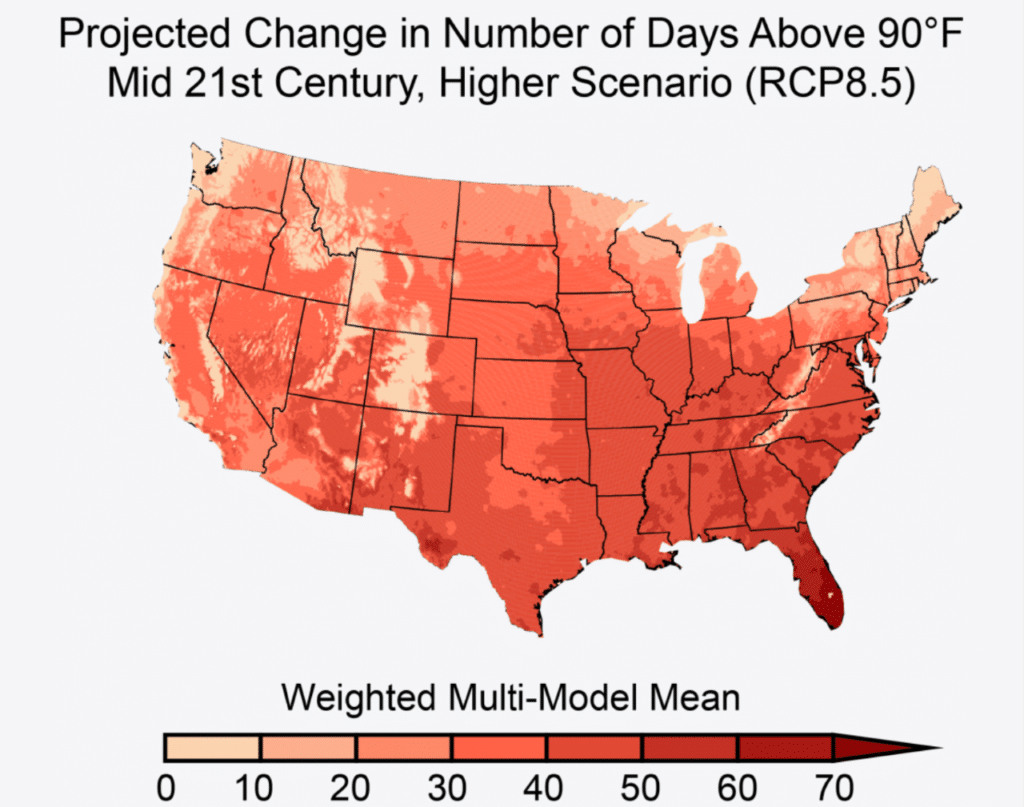
Increasing heat waves is a sign of climate change—and could impact our ecosystems forever.
Heat waves pose many dangers to people, wildlife, and agricultural crops. Excessively high temperatures can increase risk of dehydration, heat stroke, heart attacks, and kidney failure. Intense heat and sun rays can also facilitate chemical reactions that increase surface-level ozone, which can inflame the respiratory system. Farmers are especially prone to health effects.
Drought also increases the risk of wildfires that threaten people’s lives, property, and farmland. Not to mention the pollution from all that smoke.
These dangers are much worse for people experiencing houselessness, or who don’t have the means to get somewhere cooler. In the Seattle area, historically marginalized groups such as poor people of color are the most at risk, as they are more likely to live in polluted areas and heat islands that exacerbate the effects of heat waves.
Our local flora and fauna are also affected by intensely high temperatures. Pacific Northwest species did not evolve to survive in extreme temperatures or drought, and they have been struggling to adapt as the global temperature rises. Studies of temperature impacts on animal species extinctions have shown that extreme heat is a major cause—and will only become more devastating in the future. Rising temperatures may render stream temperature too warm for salmon to spawn in. And birds and bees are especially at risk, as they are active during the hottest parts of the day.
The loss of native birds and bees would be devastating to local agricultural systems. Here at 21 Acres—and on many other organic, regenerative farms–birds play a key role in pest control, and bees are crucial crop pollinators. Their absence would significantly reduce the effectiveness of agroecological systems, especially as increased temperature also increases the metabolic and reproductive rates of many crop-hungry insects. More pests and fewer birds to control them is a recipe for disaster in our food systems.
Additionally, many local crops require the moderate temperatures and high rainfall typical of western Washington. They simply won’t be able to withstand the extreme heat and drought we’re predicted to experience in the future.
All this might sound grim, and we are certainly used to anxious news headlines foretelling what future extreme weather events could look like. But with responsible land stewardship, not all hope is lost! There are several climate change mitigation strategies that can help reduce the impacts of heat waves.
Carbon sequestration is a solution to extreme heat patterns

Wetlands are one of the most biodiverse ecosystems on Earth, and can sequester even more carbon than forests! They also provide crucial habitat for native plants and animals. We regularly see deer, many species of birds, and several kinds of amphibians enjoying our wetland spaces at 21 Acres—as well as providing ecosystem services to our farm. For these reasons, restoring native wetland ecosystems is a critical form of climate change mitigation.
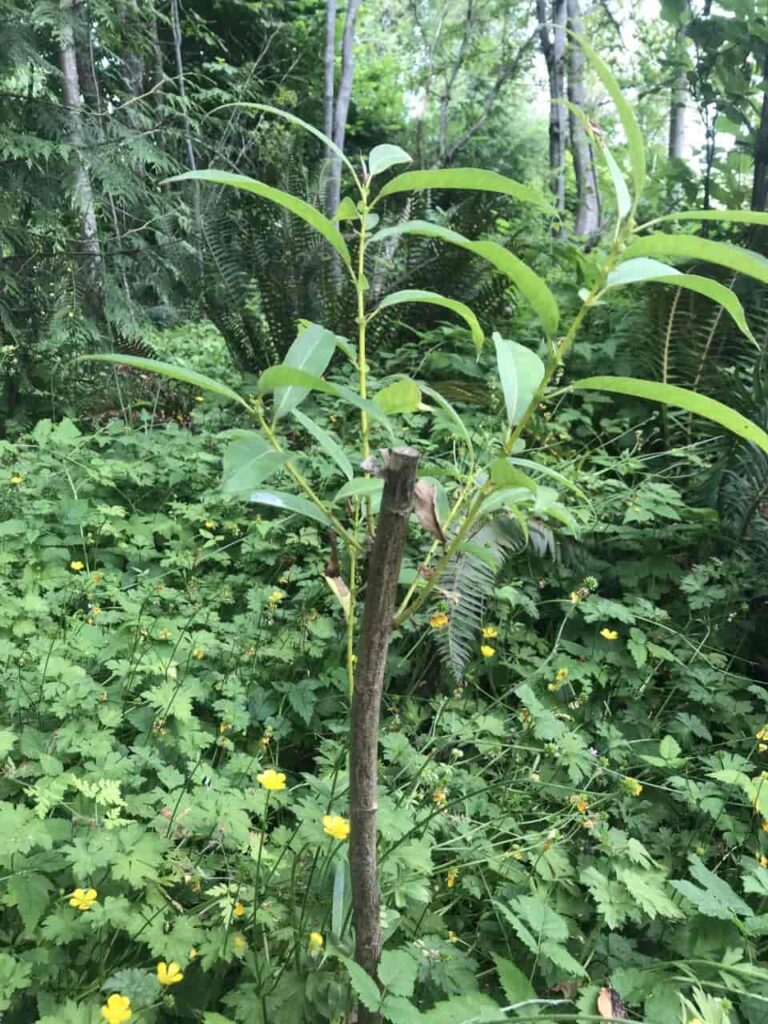
Here on the 21 Acres campus, our restoration team has been contributing to this effort by live-staking willow branches. In about 10 years, these small branches will have become large trees that provide shade, carbon storage, and habitat in our wetland.
Regenerative building design includes integrative ways to lessen the impacts of extreme heat.
Reflective roofs (a.k.a. cool roofs) are made of reflective tiles or shingles, or a reflective paint or sheet covering. These materials reflect the heat of the sun off of them, unlike the typical dark roof tiles which absorb the heat and turn our homes into saunas. Green, or living, roofs serve a similar purpose in that they absorb less heat, while also sequestering carbon. Our living roof is one of the ways we keep the 21 Acres Center cool during the summer.
These same concepts can be applied to pavement in cities. Replacing heat-absorbent concrete walkways with reflective pavement—or incorporating step-able plants into pavement—could significantly reduce the heat island effect in cities, making them more habitable during heat waves.
The way we build our buildings, from roof to pavement, can be a solution. Passive heating and cooling systems, such as the south-facing berm of our building, helps cool our building naturally by storing essential systems underground. This is old technology from times before central air helps reduce our energy use.
Lastly, supporting organic, regenerative, and agroecological farming practices is one of the best ways to mitigate climate change. Traditional agricultural practices that use monocropping, pesticides, inefficient irrigation, and other harmful practices contribute between 17-31% of greenhouse gas emissions. Using a regenerative, agroecological approach—such as the techniques used by many small local farms in the Sammamish and Snohomish Valleys—significantly reduces a farm’s greenhouse gas emissions, fosters biodiversity, and strengthens soil health, among many other benefits.
Recent legislation, such as the Sustainable Farms and Fields bill and the Growing Climate Solutions Act that has just passed the senate, could go a long way toward ensuring that farmers have the tools to adopt restoration practices and regenerative farming techniques such as cover cropping. If we can stop greenhouse gas emissions at their source, all other climate change mitigation strategies will be much more effective.
Although we are sure to continue experiencing extreme weather intensified by climate change, we can still implement land stewardship practices to avoid the worst outcomes for our environment and our food systems. Learn more about how to take action on climate change.
About Angelica Lucchetto
Angelica is our Restoration and Landscape Assistant at 21 Acres. Having lived in Woodinville her whole life, she feels deeply connected to the local environmental systems, and is excited to foster that connection through her restoration work on campus. Angelica graduated from the University of Washington—Bothell with a degree in Environmental Science, focusing on ecological restoration and conservation. You might see her running around campus wrangling blackberries, hauling mulch, and giving a hand wherever it’s needed.











 back to blog overview
back to blog overview

